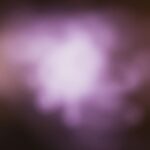
What is a supernova?
A supernova is type of star explosion. The largest explosion humans have ever seen.
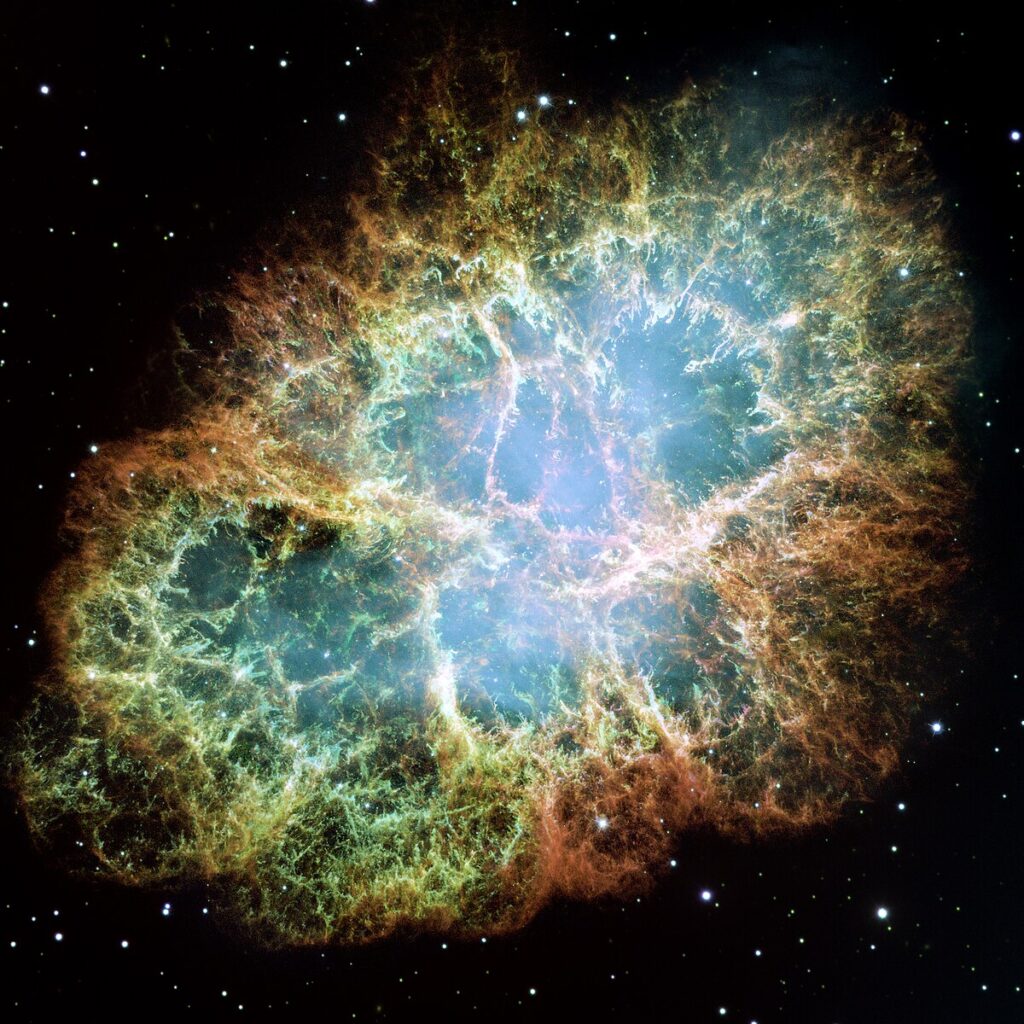
(The Crab Nebula: A remanent of a star’s supernova explosion.)
Type 1
The first type of supernovae occur only in binary star systems. A type 1a supernova explosion happens when a white dwarf reaches the Chandrasekhar limit (1.44x the mass of the sun). This either happens when two white dwarves merge or when a white dwarf orbiting a larger star pulls enough material. Once the star reaches the limit the gravity will be too strong and the star will collapse and cause a massive explosion.
(Red Giant and White Dwarf Type 1a Supernova)
Type 2
The second type of supernovae are when the cores of supermassive stars collapse. In the last stage of life of the star if it is around 8x the size of the sun the core will collapse due to the balance between heat and pressure in the core.
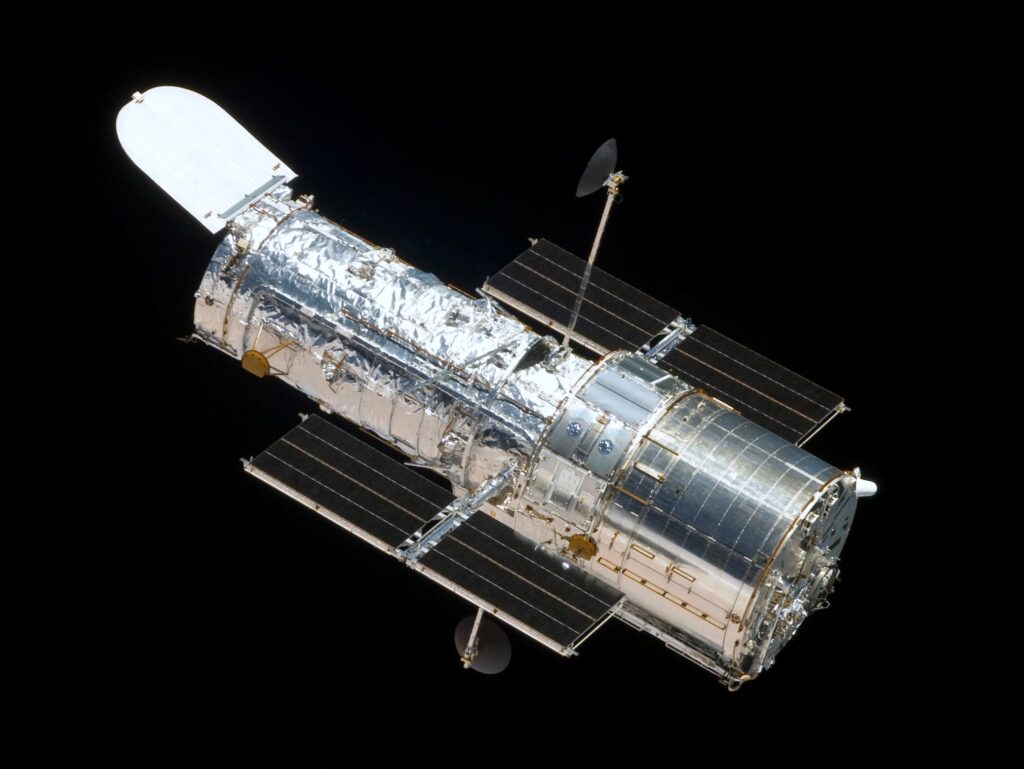
(The Hubble Space Telescope, used to see and study supernovae billions of lightyears away.)
Application
Currently the most important use in science for supernovae is measuring. Type 1a supernova are the most used standard candle in science because they are extremely bright and emit a relatively consistent luminosity. Those two very important properties make them ideal for measuring distances even billions of lightyears away. The use of supernovae were essential in finding the age of the universe and its rate of expansion.
(Brief explanation of the importance of type 1a supernovae as standard candles.)
Mysteries Involving Type 1a Supernova
Supernovae are still of contemporary use in modern science leaving many more questions to be answered.
(Short video displaying the relationship between red shift and phenomena such as dark energy.)
Technological advancements and New Findings
In recent years, state of the art telescopes, such as the James Webb Space Telescope (launched in 2021), have been able to spot and photograph the remnants of supernovae explosions in incredible detail.
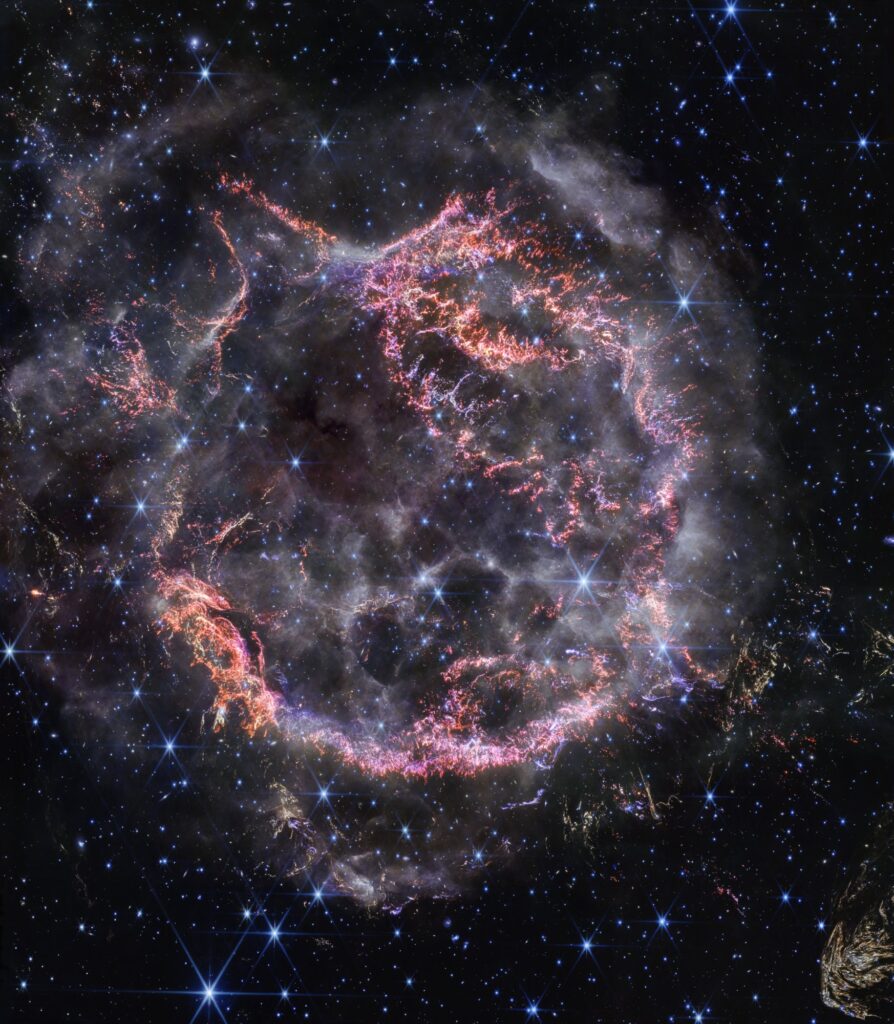
(A high quality image of the supernova remnant Cassiopeia A, captured by the James Webb telescope on December 10th, 2023.)
On October 5th, 2023, the Bright Transient Survey Bot (BTSbot), a fully automated AI program developed by NorthWestern University researchers, made history by detecting its first supernova, classified as a type 1A. Trained on 1.4 million images from 16,000 astronomical sources, BTSbot can identify celestial objects with unprecedented accuracy, eliminating human intervention in the initial detection process. This innovation accelerates supernova detection, enhances accuracy, and reduces human error, freeing scientists to focus on in-depth studies of newly discovered objects. The BTSbot is poised to revolutionize astronomy, streamlining large-scale supernova studies and paving the way for future breakthroughs.
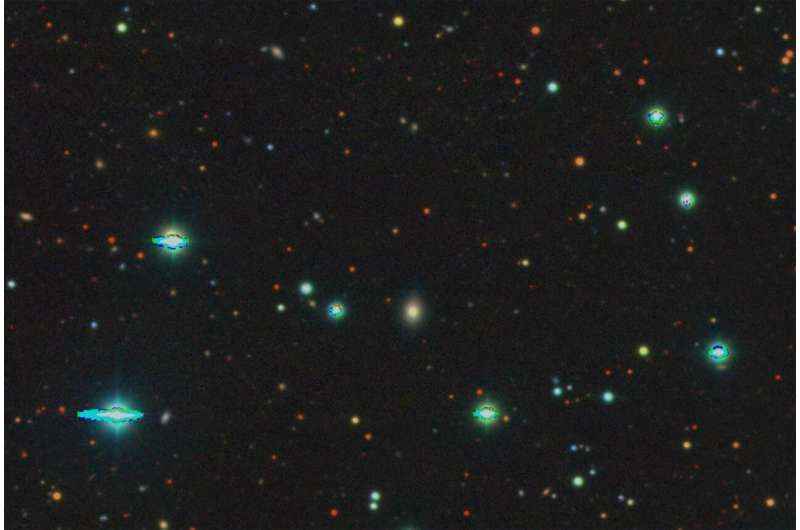
(A deep-space image of the galaxy where the supernova occurred.)
Anticipated Supernovae
Betelgeuse, a nearby supergiant star located around 700 light years away, is currently one of the leading candidates for a future supernova event. While scientists predict that it will explode as a supernova within the next 100,000 years, recent findings suggest that it could occur much sooner, potentially within the next few decades. In 2019, astronomers observed a sudden dimming in Betelgeuse’s brightness, causing speculation about its imminent explosion. However, this dimming was later attributed to other causes. A supernova explosion from Betelgeuse would not pose a threat to life on Earth, but it would be a spectacular astronomical event visible to the naked eye. If it were to occur, it would likely be the most significant astronomical event of the millennium.

(Betelgeuse: One of the largest stars in our galaxy.)
Issues and Indigenous perspective.
While there are no confirmed accounts of supernovae in indigenous traditions or culture, scientists have theorized that a group of first peoples may have observed and recorded a supernovae centuries ago. Although it cannot be confirmed, there is evidence to suggest that a first nations community in Arizona carved a supernova explosion into a rock which occurred around 1006 AD.
References:
Chen, P. (2024, January 11). Astronomers find direct link that supernovae give rise to black holes or neutron stars. Phys.org. https://phys.org/news/2024-01-astronomers-link-supernovae-black-holes.html
Davis, T. (2024, January 8). Dark energy survey publishes definitive results from largest, deepest, most uniform supernova sample – dark energy camera at noirlab’s CTIO provides unique insights into the acceleration of the universe. www.noirlab.edu. https://noirlab.edu/public/news/noirlab2401/
DeGeurin, M. (2023, October 16). Ai detected a supernova all on its own. Gizmodo. https://gizmodo.com/ai-supernova-detection-btsbot-astronomy-1850926685
Doron Kushnir’s group. (2017, September 28). Type Ia supernova – a collision of two white dwarfs. Weizzman Institute of Science. https://www.weizmann.ac.il/particle/kushnir/research-activities/type-ia-supernova-collision-two-white-dwarfs.
Encyclopædia Britannica, inc. (n.d.). Type I supernovae. Encyclopædia Britannica. https://www.britannica.com/science/supernova/Type-I-supernovae.
Gohd, C. (2024, February 27). What is Betelgeuse? inside the strange, Volatile star – nasa science. NASA. https://science.nasa.gov/universe/what-is-betelgeuse-inside-the-strange-volatile-star/
NASA. (n.d.). Type Ia supernovae – NASA science. NASA. https://science.nasa.gov/mission/roman-space-telescope/type-ia-supernovae/.
Nowakowski, T. (2024, February 8). Astronomers discover new supernova remnant. Phys.org. https://phys.org/news/2024-02-astronomers-supernova-remnant.html
Office of Science. (n.d.). DOE Explains… Supernovae. Energy.Gov. https://www.energy.gov/science/doe-explainssupernovae.
Park, C. (2011, October 4). 2011 Nobel prize in physics for the accelerating expansion of the universe. 2011 Nobel Prize in Physics for the Accelerating Expansion of the Universe | American Institute of Physics. https://www.aip.org/news/2011-nobel-prize-physics-accelerating-expansion-universe
Sullivan, W. (2023, December 13). James Webb telescope captures image of supernova that “absolutely shattered” A star. Smithsonian.com. https://www.smithsonianmag.com/smart-news/james-webb-telescope-captures-image-of-supernova-that-absolutely-shattered-a-star
“Type I Supernova.” Wikipedia, Wikimedia Foundation, 10 Dec. 2017, en.wikipedia.org/wiki/Type_I_supernova.Young, K., & Merali, Z. (2019, August 1). Native Americans recorded supernova explosion. New Scientist. https://www.newscientist.com/article/dn9273-native-americans-recorded-supernova-explosion/
